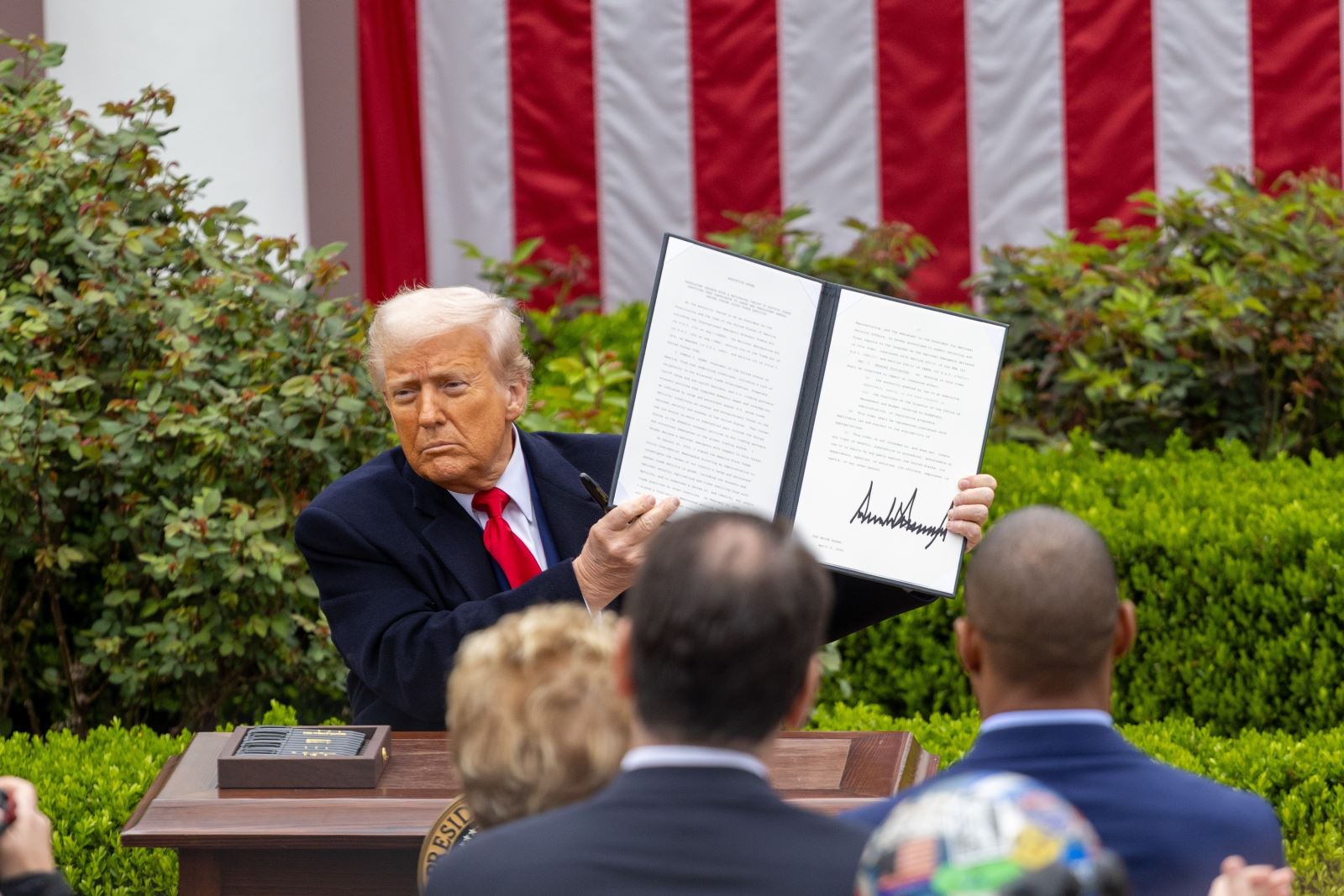
President Donald Trump's "Liberation Day" plan marks a major shift in US trade policy, according to the Wall Street Journal on April 3. By imposing new, broad tariffs on trillions of dollars of imports, the White House clearly wants goods sold to American consumers to be produced in American factories - ending US support for the globalization process that has fueled the world economy for decades.
New tax rates and impacts
The new tariff plan includes a base 10% tax on foreign imports and larger taxes known as reciprocal duties. China will face a total tariff of up to 54%, Vietnam 46% and the European Union 20%.
“Jobs and factories will come flooding back to our country, and you see that happening,” Trump declared. “If you want zero tariffs, build your products in the United States.”
The US’s two largest trading partners, Mexico and Canada, were exempted from the new tariffs, with any goods covered by their free trade agreement remaining untaxed. However, both countries still face 25% tariffs on exports not covered by the agreement, along with the threat that the US president could scrap the deal over non-trade issues like drugs and immigration.
China - the main target
China is the most targeted country in the plan. The new 34% tariff would be added to existing tariffs. That means the base tariff rate on Chinese imports will be 54% after April 9. If Mr. Trump eventually imposes an additional 25% tariff on China for buying Venezuelan oil, the total tariff rate could rise to 79%.
China has been the biggest beneficiary of the shift, building factories for everything from toys and clothes to cars, machinery and high-tech electronics. It now dominates global manufacturing, with a trade surplus of $1 trillion last year.
Impact on global supply chains
President Trump’s “Made in America” ambitions mean that the abundant investment that has flowed into low-cost manufacturing destinations in recent years, as well as US allies like South Korea and Japan, will have to change. Companies are rethinking their options on where best to invest.
"The US was at the centre of globalisation. Now the US wants to withdraw," said Andre Sapir, a former EU official and now a professor of economics at the Free University of Brussels.
In the weeks since Mr. Trump took office, major companies including Apple, Hyundai, Johnson & Johnson and Eli Lilly have signaled that they are preparing to expand operations in the United States in response to the new tariffs.
But untangling the world ’s supply chains and moving them to the United States the way Mr. Trump wants is a difficult and expensive task. Executives say there is also a risk that President Trump will reduce tariffs if he can use them to win trade concessions from other countries.
“It’s going to be quite complicated to change things,” said Derrick Kam, Asia economist at Morgan Stanley, adding that the process would be slow, costly and challenging.
Economists warn the world could face an investment crunch that will dent growth as companies sit on the sidelines until the trade picture becomes clearer.
There are signs that the Trump administration’s strategy is working. About half of German engineering companies want to increase investment in the US, both because of tariffs and the size of the market, according to a survey by the German Mechanical Engineering Industry Association (VDMA).
German engineering giant Siemens said last month it would increase its investments in the United States by $10 billion, including new manufacturing facilities in Fort Worth, Texas, and Pomona, California, creating more than 900 skilled manufacturing jobs.
Taiwan Semiconductor Manufacturing (TSMC) also announced plans to invest at least another $100 billion in chip factories in the US over the next few years. Mr Trump has exempted the semiconductors from tariffs, although Taiwan will face a 32% tariff on other goods.
Taiwanese electronics companies such as Foxconn, Compal and Inventec are also looking for new investments in Texas, aiming to secure infrastructure for AI server manufacturing.
The challenge of reindustrialization
Despite the above issues, measures of business investment intentions show that across the economy, companies' spending plans are being cut back amid tariff uncertainty.
Another key issue is that U.S. manufacturing lacks domestic supply of basic materials and components that can be produced abroad at much lower cost. U.S. manufacturers have struggled with the rising cost of basic components, highlighting the need for easy access to global supply chains.
“You can’t just slap tariffs on and flip a switch and suddenly America is an industrial nation again,” said Dan Digre, president and CEO of Misco Speakers in Minnesota, whose company relies on overseas factories for essential parts, many of which come from China.
Digre’s president said his company has spent about $14 million on tariffs since 2018 and has sought alternative suppliers in Vietnam and other parts of Asia. But with new tariffs across the board, “it’s hard to know what to do and there’s no safe place.”
Source: https://doanhnghiepvn.vn/kinh-te/chien-luoc-thue-quan-cua-trump-my-roi-bo-he-thong-thuong-mai-toan-cau/20250403033017160


![[Photo] Many young people patiently lined up under the hot sun to receive a special supplement from Nhan Dan Newspaper.](https://vphoto.vietnam.vn/thumb/1200x675/vietnam/resource/IMAGE/2025/5/18/6f19d322f9364f0ebb6fbfe9377842d3)

![[Photo] Party and State leaders attend the special art program "You are Ho Chi Minh"](https://vphoto.vietnam.vn/thumb/1200x675/vietnam/resource/IMAGE/2025/5/18/6895913f94fd4c51aa4564ab14c3f250)
![[Photo] Ready for the top competitions of Vietnamese table tennis](https://vphoto.vietnam.vn/thumb/1200x675/vietnam/resource/IMAGE/2025/5/18/9c547c497c5a4ade8f98c8e7d44f5a41)


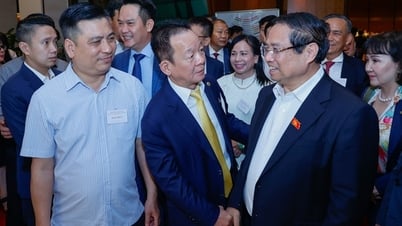





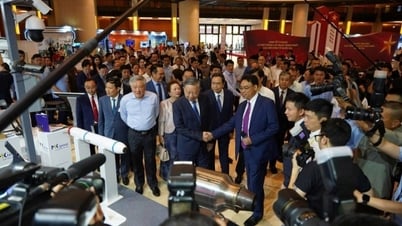


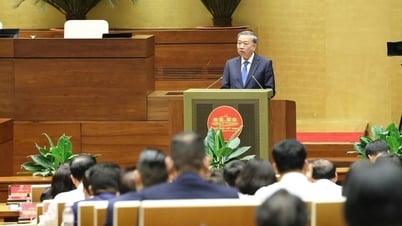





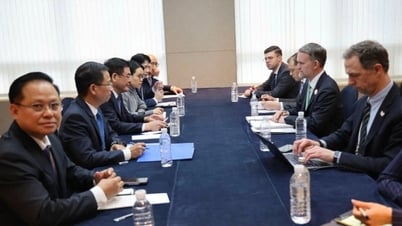

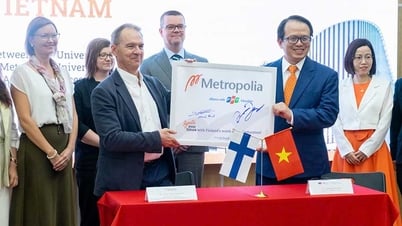
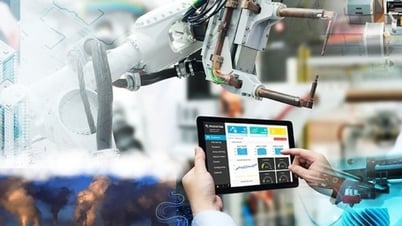






















































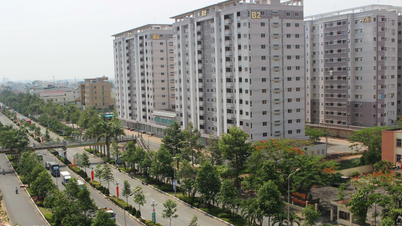

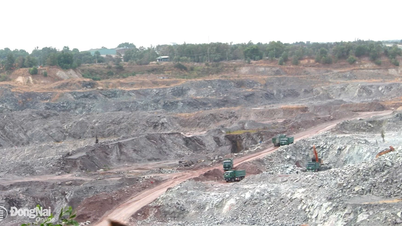










Comment (0)